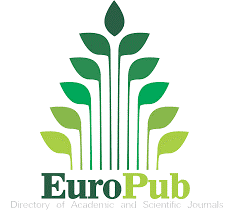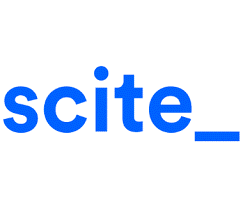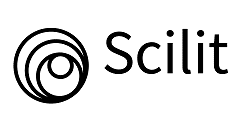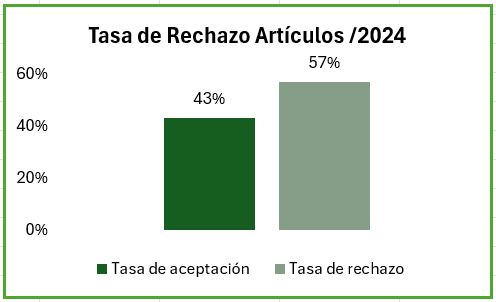Guide to Pteridophytes of the Protective Forest and Vegetation Rumi Wilco, Vilcabamba, Loja, Ecuador
DOI:
https://doi.org/10.54753/blc.v14i1.2095Keywords:
Rumi Wilco, Pteridophytas, Vilcabamba, Bosque ProtectorAbstract
Rumi Wilco attained the status of “Protector Woods and Vegetation” on July 14th, 2000. Despite its very small size – 40 hectares – and being surrounded by intervened private lands, the plant diversity found within is surprisingly high. This may be due, in large part, to its topography: bounded by the Chamba river to the West, the reserve has a variety of micro-habitats including flood plain, steep slopes, ridges and gullies. We here present a comprehensive photographic guide to the species of the Pteridophytas found within “Rumi Wilco” in Vilcabamba (1,450 to 1,700 masl), Loja province. According to “Sistema de Clasificación de los Ecosistemas del Ecuador Continental” (MAE-2013), the protected area corresponds to the ecosystem named “Semi-deciduous Woods and Shrubs of the Southern Valleys” and harbors a high percentage of the ancient culturally important Wilco trees (Anadenanthera colubrina) found in Ecuador.References
Davidse, G., Sousa, M. y Knapp, S. (1995). Psilotaceae a Salviniaceae, Flora Mesoamericana (Vol. 1, pp. 470) Universidad Nacional Autónoma de Mexico.ISBN-10: 9683647006.
Gómez, G. y Arreguín, M. (2004). Clave genérica ilustrada para la identificación de Pteridofitas de la Cuenca del río Balsas, México. Polibotánica (17), 45-69. ISSN 1405-2768
Hassler, Michael (2004 - 2023): World Plants. Synonymic Checklist and Distribution of the World Flora. Version 18.1; last update Nov. 7th, 2023. - https://www.worldplants.de/world-plants-complete-list/complete-plant-list
Li, F., Pryer, K. & Windham, M. (2012). Gaga, a New Fern Genus Segregated from Cheilanthes (Pteridaceae), Systematic Botany, 37(4), 845-869. DOI 10.1600/036364412X656626
Madrigal, D. y Bedolla, B. (2021). Familia Selaginellaceae en Jerzy Rzedowski & Patricia Hernández Ledesma(eds.), Flora del Bajío y de regiones adyacentes (pp.1-45). DOI: https://doi.org/10.21829/fb.495.2021.220
Murillo-Pulido, M. & Murillo, A. (2004). Pteridófitos de Colombia V. El género Anemia (Schizaeaceae) en Colombia. Rev. Acad. Colomb. Cienc. 28 (109), 471-480. ISSN: 0370-3908.
Murray, A. (1968). Interspecific relationships in the Polypodium Pectinatum-Plumula complex (3aed., Vol. 55, pp. 193-293) Missouri Botanical Garden Press
Newman, E. (1840). Familia Aspleniaceae. Flora Argentina. Hist. Brit. Ferns: 6
Ollgaard, B. (1988). Lycopodiaceae en G. Harling & L. Andersson (eds.), Flora del Ecuador (Vol. 1, pp. 1-156). Universidad de Gotemburgo y Museo Sueco de Historia Natural
Prado, J. & Hirai, R. (2020). Adiantum (Pteridaceae) in Brazil: Key to the species and illustrations. Biota Neotropica, 20(4), 1-19. DOI:10.1590/1676-0611-bn-2020-1119
Rolim, L. & Salino A. (2008). Polypodiaceae Bercht & J. Presl (Polypodiopsida) no Parque Estadual do Itacolomi, MG, Brasil. Lundiana: International Journal of Biodiversity, 9(2),83-106. DOI: 10.35699/2675-5327.2008.23419
Smith, A. (1983). Polypodiaceae – Thelypteridoideae en G. Harling & B. Sparre (eds.), Flora del Ecuador (4 a ed., Vol. 14, pp.1-152). Universidad de Gotemburgo
Stolze, R. (1986). Polypodiaceae – Asplenioideae en G. Harling & B. Sparre (eds.), Flora of Ecuador (6 a ed., Vol. 14, pp.1-83). Universidad de Gotemburgo
Triana, L. (2015). Catálogo comentado de las especies de Pecluma (Polypodiaceae) de Colombia. Boletín Científico. Centro de Museos. Museo de Historia Natural, 19 (2), 17-59. DOI: 10.17151/bccm.2015.19.2.2
Tropicos.org. (2023). Missouri Botanical Garden. https://tropicos.org
Velázquez, E. (2018). Pteridaceae (Pteridophyta. Flora de Guerrero (1ed, pp .230). Universidad Nacional Autónoma de México. ISBN 978-968-36-0765-2
World Flora Online Plant List. (2022). Explore the data. https://wfoplantlist.org/plant-list/
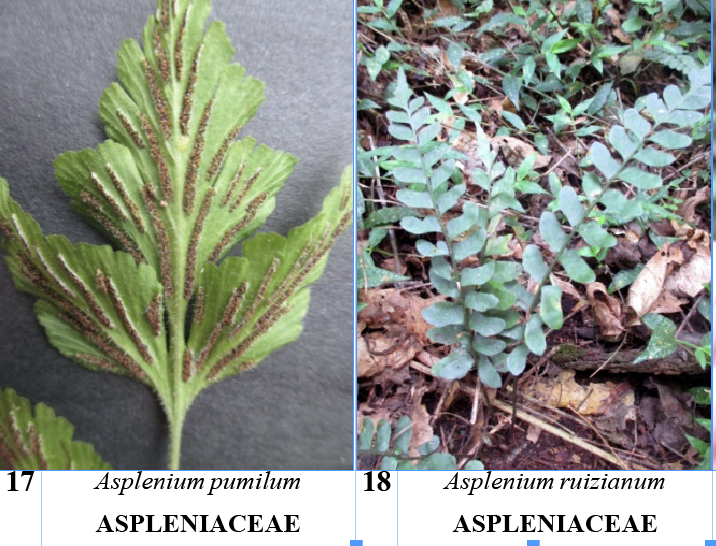
Published
How to Cite
Issue
Section
License
Copyright (c) 2024 Bosques Latitud Cero

This work is licensed under a Creative Commons Attribution-NonCommercial-ShareAlike 4.0 International License.
This work is published under the Creative Commons Attribution-NonCommercial-ShareAlike 4.0 International (CC BY-NC-SA 4.0) license. This means that users may copy, distribute, and adapt the content, provided that proper credit is given to the authors and the journal. Commercial use of the material is not permitted. Additionally, any derivative work must be distributed under the same license. This license ensures open access to knowledge, promoting the dissemination and reuse of published works for non-commercial purposes, respecting authorship, and ensuring the free circulation of content under fair terms.














